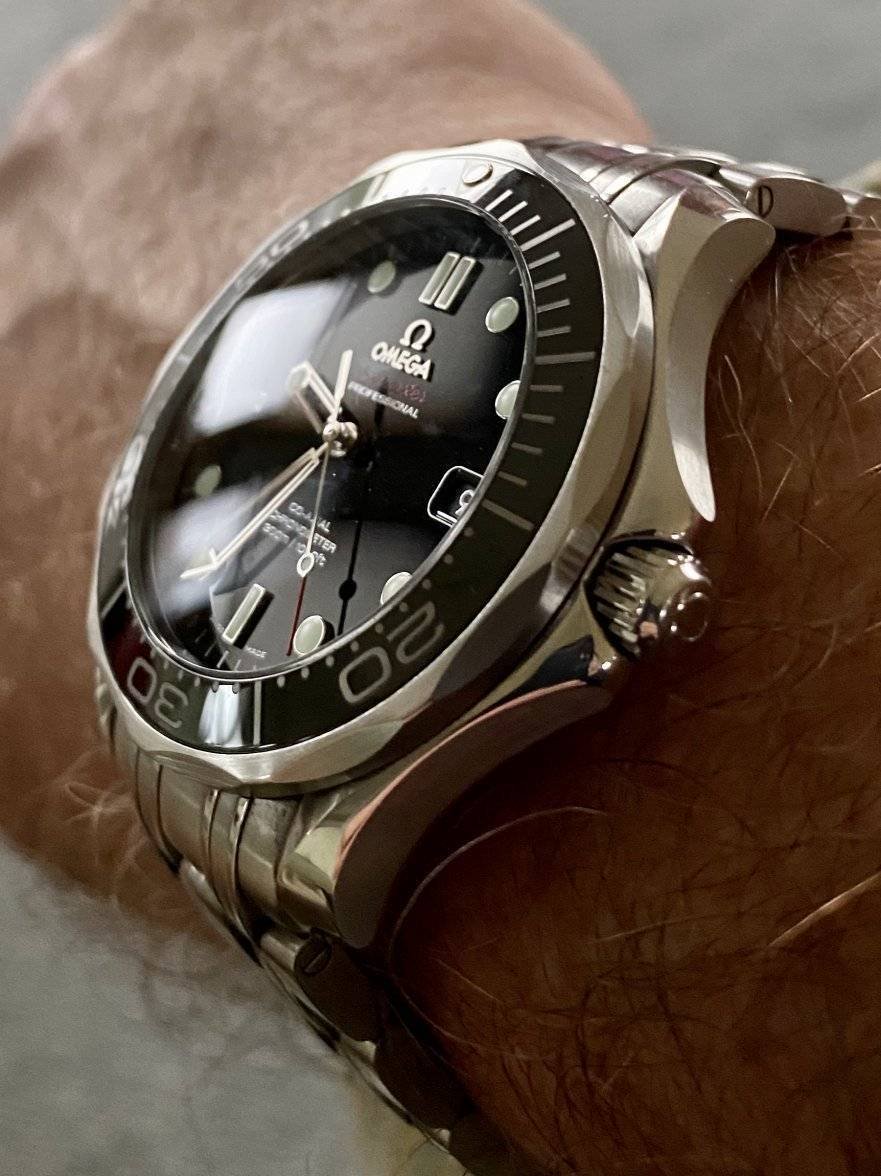Yes, the photos links are clearly mine - not sure about the video...where does this rant come from?
You can look at this question in different ways, but the fact is every watch is going to have a failure point. The question is, is that point earlier than expected, so earlier than say the stated normal service interval from the brand (I assume this is why you picked 7 years, as Omega recommends service between 6 and 8 years).
Generally speaking, if the watch runs as long as the brand's service interval says it will, people are happy, and consider it to be reliable. When something fails earlier than expected, that's when people get upset - the initial 2500's for example had this issue for a long time. But Omega came up with a work around, so that even the 2500's with 2 level co-axial escapements, can run long enough not to cause a "premature" failure, and then everyone says the issue is cured. It hasn't been cured in reality, but it's been made to last as long as any other part inside the watch, so practically it's cured because it's no longer the reasons for the watch needing service.
So how do we apply this to current co-axial escapement watches? Well, I don't see much evidence that the escapements cause any sort of premature failure. People would be whining about it on forums if that were the case, like they did back when the 2500 issues were in full swing.
Now the "rant" does point out that the escapement experiences wear, and often when I see someone post that their Omega came back from servicing, I can see that the parts that were returned include the pallet fork and co-axial wheel, among others. So is this a significant thing? I guess it depends on your perspective.
I can tell you that on certain ETA calibers, that I almost always have to replace the third wheel. Why is that? Well, the jewel on the dial side for this wheel is very small, and doesn't hold much oil, so that oil tends to disappear before it is on other wheels, and the third wheel pivot wears out.

It doesn't cause the watch to fail prematurely if we use our definition from above, so to me (and watch owners out there) it's not an issue. So yes, the lever escapement parts on these watches don't need replacing at every service, but the third wheel does, so does this make these movements better or worse than the Omegas?
I think a lot of this is just how you view these things, rather than there being any inherent problem. This is why Rolex is smart not to return parts to their customers - it lets them have the impression that their movements are somehow more durable than other companies movements are, since nothing ever appears to wear out, when that isn't true at all...
Not sure I answered your question, but hopefully you find it helpful.
Cheers, Al
